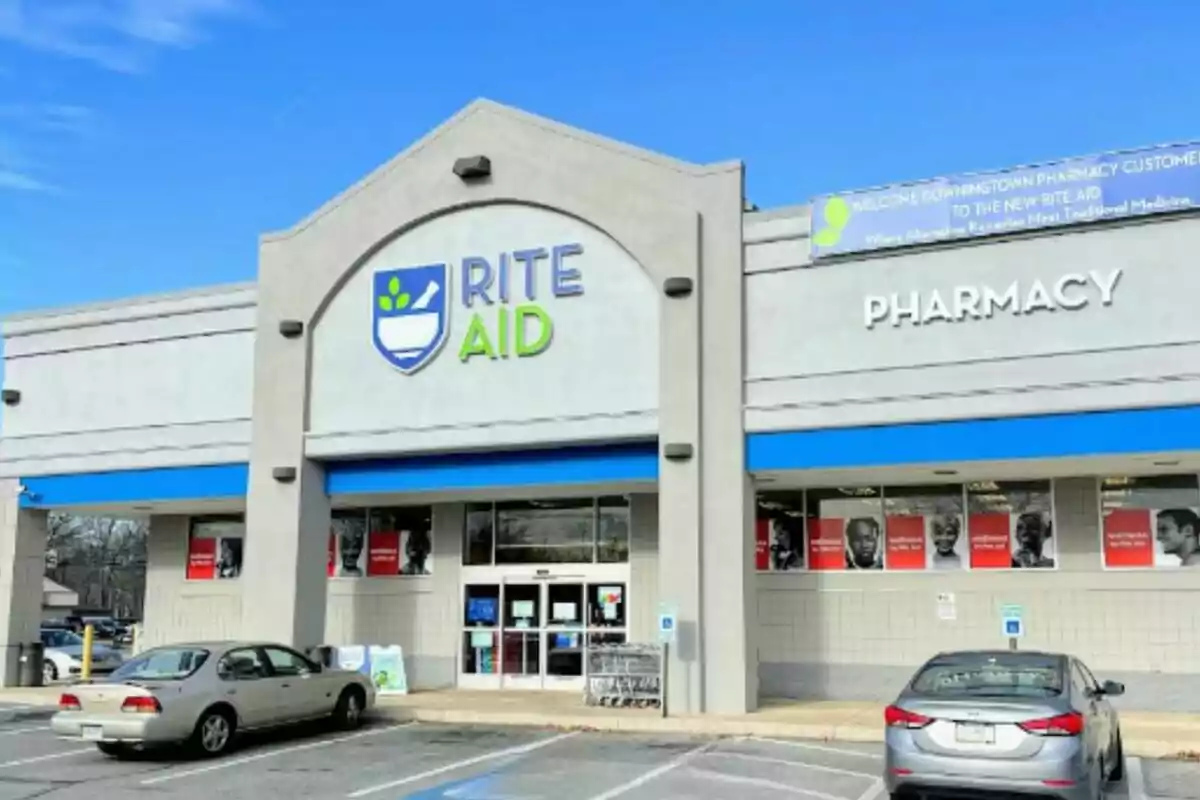
Goodbye to this beloved chain in the United States: It is closing all its stores now
Rite Aid announces the complete closure of its stores in the United States by 2025
The retail industry in the United States is experiencing significant changes that are affecting large chains and local businesses. Transformations in consumer habits, combined with economic and legal challenges, are forcing many companies to make difficult decisions. In this context, one of the country's most iconic pharmacies faces a critical situation that could change its history forever.
A Historic Closure for Rite Aid
Rite Aid, one of the most recognized pharmacies in the United States, is preparing for a massive closure that will mark a turning point in the retail industry. After surpassing 4,500 establishments at the beginning of the century, today the company announces that it will close all its stores by mid-2025. The company, which faced a bankruptcy declaration in October 2023, did so amid growing debt and numerous lawsuits related to the opioid crisis.

This legal process has accelerated the decision to sell practically all its assets to maximize their value. Matt Schroeder, Rite Aid's CEO, assured that although they face significant financial challenges, the company has attracted the interest of several strategic buyers both national and regional. "For more than 60 years, Rite Aid has provided pharmaceutical services to its customers," he highlighted.
The Most Affected States and the Impact of the Closure
Currently, Rite Aid has 1,245 stores distributed across 15 states. Although the exact date for the national closure has not been confirmed, many branches have already begun their liquidation sales with plans to cease operations in the coming months. It is estimated that the total closure will be completed by mid-2025.

The states with the highest number of affected stores are California and Pennsylvania, with 347 and 345 branches respectively. They are followed by New York with 178, Washington with 95, and New Jersey with 60. Other states like New Hampshire, Oregon, Virginia, and Delaware also face significant closures.
This closure represents a severe blow to the communities where Rite Aid had a constant presence, affecting both consumers and employees and suppliers.

Asset Sale and Uncertain Future
Court documents indicate that Rite Aid plans to sell not only its stores but also its customers' prescription records, inventories, and other assets. This marks a deep restructuring in its business model.
The chain has closed hundreds of stores in the past year, reflecting the constant market pressure and changes in the pharmaceutical industry. The rapid advancement of e-commerce and economic difficulties have been determining factors.
The decision to liquidate all branches represents a critical moment for Rite Aid and raises questions about the future of the traditional pharmacy sector in the United States.
More posts: